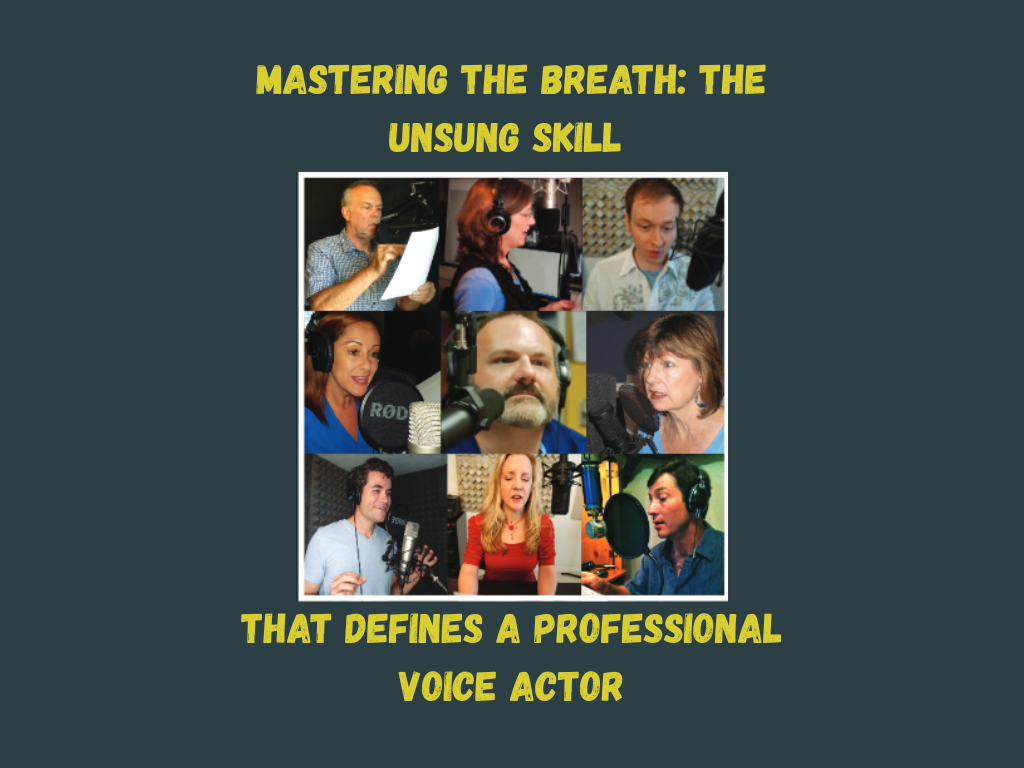Ask any professional voice actor what separates amateurs from experts, and they’ll mention one thing you can’t see on a demo reel: breath control.
In The Voice Over Actor’s Handbook, John Burr gives this overlooked skill the spotlight it deserves. Breath, he explains, is both a technical necessity and an artistic anchor. It’s the engine of vocal expression, the bridge between thought and sound.
Most beginners struggle with running out of air mid-sentence or sounding tense without realizing that the issue isn’t nerves, it’s breathing. Burr breaks this down with clarity, showing how the body’s natural mechanics affect tone, endurance, and emotional control.
He introduces the concept of intentional breathing, aligning each inhale and exhale with the rhythm of the line. Breath, he says, should be planned like punctuation. You don’t just breathe when you need air; you breathe when the sentence allows it.
Professionals mark their scripts to anticipate natural phrasing points. Each pause is an opportunity to reset and realign intention. “Every pause,” Burr writes, “is not an interruption, it’s preparation.”
He also tackles a common misconception: that projection equals volume. Many actors, especially those with a background in stage performance, think they need to speak louder for impact. Burr corrects this with elegance, microphones don’t reward loudness; they reward nuance. Controlled, relaxed breathing creates resonance, while forced projection distorts emotion.
To help actors retrain their breathing, Burr offers simple yet transformative exercises: pursed-lip exhales to build resistance, long-line reading to stretch lung endurance, and controlled sighs to release tension. Over time, these techniques build stamina and emotional fluidity.
But breath is not only physical; it’s emotional. A single inhale can signal hesitation, anticipation, or courage. A shaky exhale can reveal vulnerability. In acting, breath becomes part of the storytelling.
Burr encourages performers to become aware of how emotion changes breathing patterns. A character in grief breathes differently than one in joy. A calm narrator breathes differently than a panicked eyewitness. When you integrate breath into characterization, the result feels instinctive and alive.
He calls breath “the invisible rhythm of truth.” You can’t fake it, but you can train it. And when you do, it’s as if your entire instrument, body, voice, and heart, finally play in harmony.
